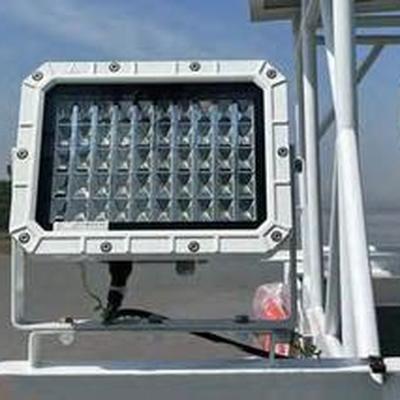Categories
Tags
-
#LED Submarine Navigation Lights
#Stealth Major Light
#LED Marine Cabin Lights
#LED Marine Navigation Signal Lights,Marine Spotlights,Marine Searchlight,
#Explosion-proof fire Emergency Lights
#LED Marine Navigation Signal Lights
#Explosion-proof Fluorescent Pendant Lights
#Marine Reading Lights
#Marine Navigation Lights
#LED Light
#LED Marine Lights
#Marine LED Lights
#Marine Searchlight Bulb
#Marine Searchlights
#Explosion Proof Lighting
#LED explosion proof lighting
#Marine Waterproof Switch and Sockets
#Boat Cabin Lighting
#Marine Spotlights
#Marine Floodlights
#marine cabin lighting
#LED Soft Light Strips
#Marine Navigational Lights
#f Marine Searchlights
#Morse Code Signal Light
#Ship Stern Lights
#Ship Cabin Lighting Fixtures
#LED Marine searchlights
#Explosion Proof Lights
#marine Explosion Proof Lights
#Explosion-proof lights
#Navigation Lights
#Marine Lighting
#CCS Certification
#LED Explosion Proof Flood Lights
#Installing Marine Searchlights
#Marine Explosion-Proof Light
#marine searchlight
#LED marine searchlight
#High-Power Marine Searchlights
#Yushuo
#Marine Light
Archives
The Optimal Duration for Marine Lights
-
Posted by lighting yushuo - Filed in Business - #LED Marine Lights #Marine Lighting #Marine Light - 8 views
In the dynamic and often unpredictable marine environment, ensuring the safety of vessels and their crews is paramount. One critical aspect of maritime safety is the use of marine lights, which serve as essential navigation aids. However, determining the optimal duration for which marine lights should be on is a question that balances both safety and operational efficiency. This topic is particularly relevant as the marine industry continues to adopt more sustainable practices, such as the use of solar marine lights, which we previously discussed in the context of their environmental and economic benefits.
The Importance of Marine Lights
Marine lights are crucial for several reasons. They provide visibility to other vessels, help in navigation, and signal the presence and status of a ship. Without proper lighting, the risk of collisions and other maritime accidents significantly increases. Therefore, it is essential to ensure that marine lights are operational during periods of low visibility, such as at night or in foggy conditions.
Factors Influencing the Duration of Marine Lights
Several factors influence how long marine lights should be on:
Regulatory Requirements
Maritime regulations, such as those set by the International Maritime Organization (IMO), mandate specific lighting requirements for different types of vessels. These regulations ensure that ships are visible to other vessels and are equipped with the necessary lights for safe navigation.
Environmental Conditions
Weather and sea conditions play a significant role in determining the duration of marine lights. In clear weather, lights may not need to be on for extended periods, whereas in foggy or stormy conditions, continuous lighting is crucial for safety.
Type of Marine Lights
The type of marine lights used also affects their operational duration. For instance, solar marine lights can store energy during the day and provide lighting at night. The efficiency of these lights means they can be on for longer periods without the need for frequent recharging or maintenance. As Yushuo Lighting highlights, solar marine lights offer a sustainable and cost-effective solution for maritime navigation.
The Role of Technology
Advancements in technology have led to the development of more efficient and longer-lasting marine lights. Solar marine lights, in particular, offer a sustainable solution that can operate for extended periods with minimal environmental impact. These lights can be designed to automatically turn on and off based on ambient light conditions, ensuring they are used only when necessary.
Practical Considerations
When considering the optimal duration for marine lights, it is important to balance safety with operational efficiency. While continuous lighting may seem ideal for safety, it is not always necessary and can lead to unnecessary energy consumption. Modern marine lights, especially those powered by solar energy, are designed to be more efficient and can be programmed to operate based on specific conditions. This ensures that they are used effectively without wasting energy.
Conclusion
Determining the optimal duration for marine lights involves a careful consideration of regulatory requirements, environmental conditions, and the type of lights used. As the marine industry continues to adopt sustainable practices, the integration of advanced technologies like solar marine lights becomes increasingly important. These lights not only enhance safety but also contribute to environmental sustainability.
